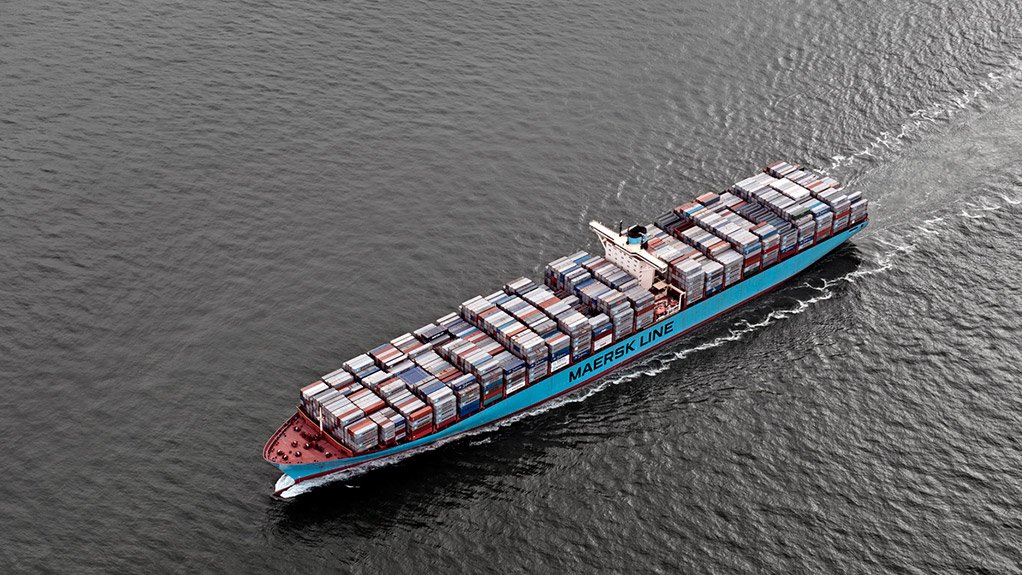Expectations that South Africa’s container market would grow during the third quarter of the year proved incorrect, despite a slightly stronger rand, indicates the 2016 Q3 Maersk Trade Report.
The report shows that the market declined by 6% year-on-year.
Maersk Line Southern Africa trade manager Matthew Conroy says the main decline was in container imports, which declined by 9%, specifically imports from the country’s largest trade lane, Asia, which declined by 14%.
“The decline is linked to South African consumers purchasing less consumables, which are imported in containers, such as auto, retail and electronic goods.”
He says the general demand for these products has remained relatively weak despite the somewhat stronger rand, which makes imports less expensive.
“The stronger rand has unfortunately not triggered any notable restocking efforts to boost imports,” says Conroy.
While this weak consumer demand has not been conducive to container trade, he acknowledges that it has contributed positively to the country’s recent trade surplus, as was announced by the South African Revenue Service.
Conroy says the picture for export container trade is slightly more positive, with the market only having declined by 2% year-on-year.
“This means that while the market is still not growing, there are definite signs of stabilisation after a terrible first quarter.
“Mining commodities such as chrome and manganese continue to move at a steady pace based on demand from China and improved price levels, but not at robust levels. Fruit exports, which represent about 25% of total exports and have a high value, declined by 5% on the back of the drought, which limited citrus output.
Conroy expects imports to remain under pressure for the rest of the year, while exports are expected to remain relatively steady.
“We will likely see a marked decline for imports in the 7% to 8% range, unless the rand strengthens considerably.
“Regarding exports, it is likely that the market will continue within its current stable trend and fall in the -2% to 0% growth range. Fruit exports are likely to follow in line with this trend, but there could be considerable volatility in crop output based on the unknown impact of the drought.”
Edited by: Creamer Media Reporter
EMAIL THIS ARTICLE SAVE THIS ARTICLE
To subscribe email subscriptions@creamermedia.co.za or click here
To advertise email advertising@creamermedia.co.za or click here













